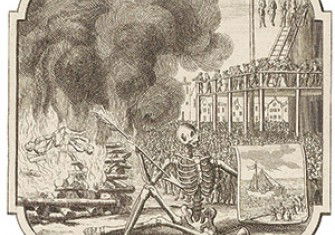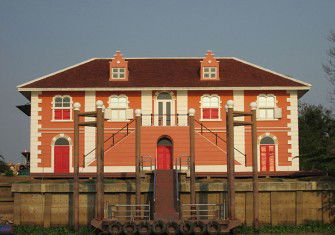
Princes, Profits and the Prophet
The 18th century was a turbulent period in Javanese history, when local kingdoms, Dutch traders and a mysterious Turk became embroiled in a series of bloody conflicts.
The Dutch side of the story
The Dutch East India Company, the Verenigde Oost-Indische Compagnie (VOC), was entangled in a bloody Javanese civil war in the 1750s. The kingdom of Mataram, with its series of capital cities in south-central Java, had been embroiled in major wars since the late 17th century. The VOC blundered into this volatile situation in the hope of winning trade concessions. It made an initial and cautious military intervention at the end of 1676 at Surabaya, on Java’s north-east coast, hoping to mediate some sort of settlement. Not everyone in the Company’s hierarchy thought this a sensible move. Some expressed the view that the VOC could only subdue Java at the cost of ruining the island and to the detriment of the Company’s finances. The logic of intervention would, nevertheless, lead the VOC deep into the interior, with consequences even worse than sceptics had feared.







